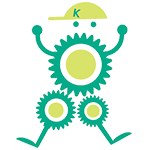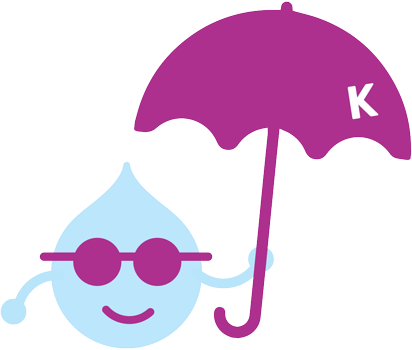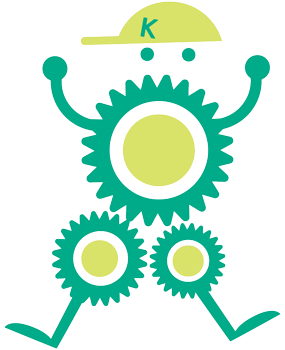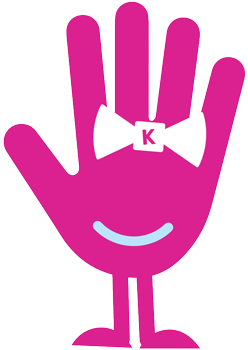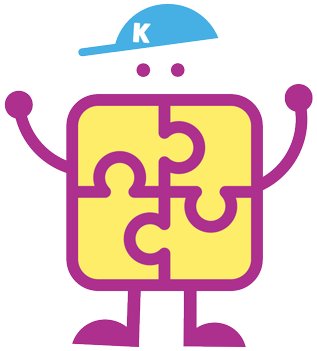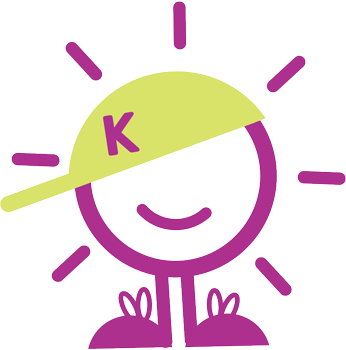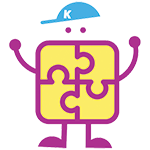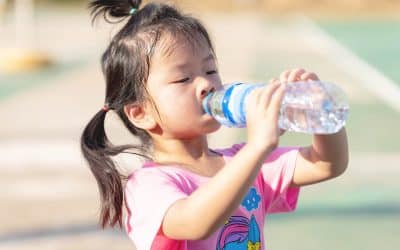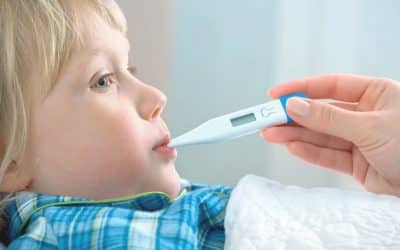At what age to babies crawl?
Crawling, or any form of locomotion typically emerges between 7-11 months.
Types of Crawling
There are various forms of crawling, from the classic hands and knees to the army crawl, or even the bum scoot. Provided there are no other developmental concerns, babies do not need to perform classic crawling. As long as they show a desire to get from point A to point B, and figure out their best way to do so (which may include asking mom or dad for help), they have a mode of locomotion. Although it is common for a child to skip.

Provided there are no other developmental concerns, babies do not need to perform classic crawling. As long as they show a desire to get from point A to point B, and figure out their best way to do so (which may include asking mom or dad for help), they have a mode of locomotion. Although it is common for a child to skip
As long as they show a desire to get from point A to point B, and figure out their best way to do so (which may include asking mom or dad for help), they have a mode of locomotion. Although it is common for a child to skip
Although it is common for a child to skip crawling if your baby has difficulty supporting their body weight or appears to crawl in an asymmetric pattern (using one arm and leg while leaving the other to drag), bring this to the attention of your pediatrician or family doctor.
